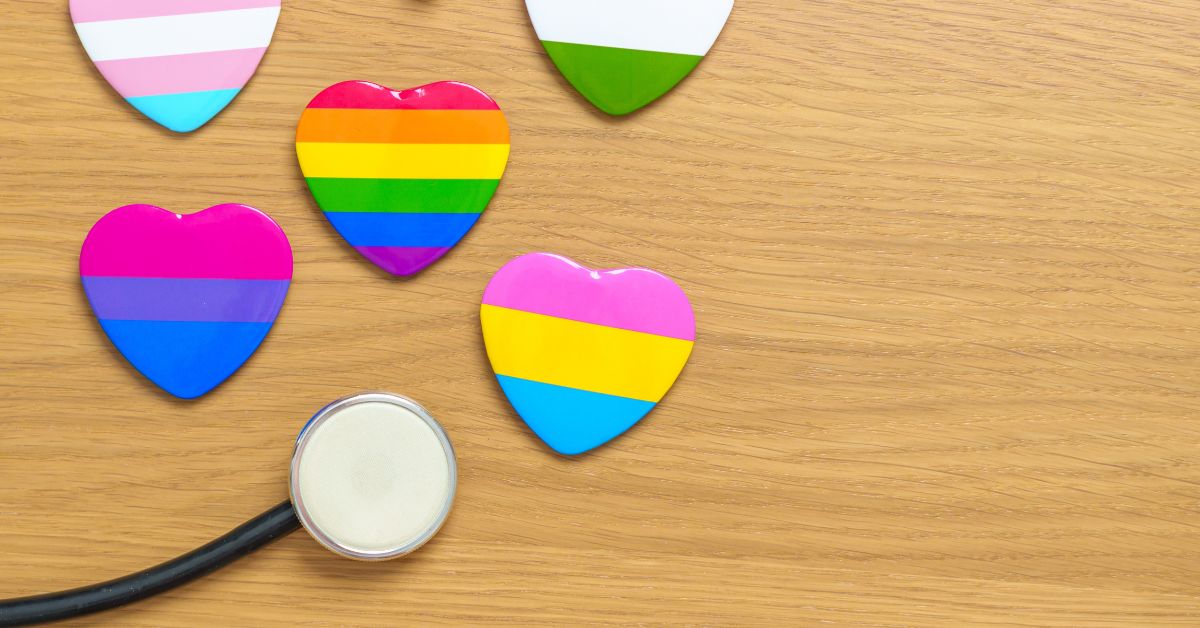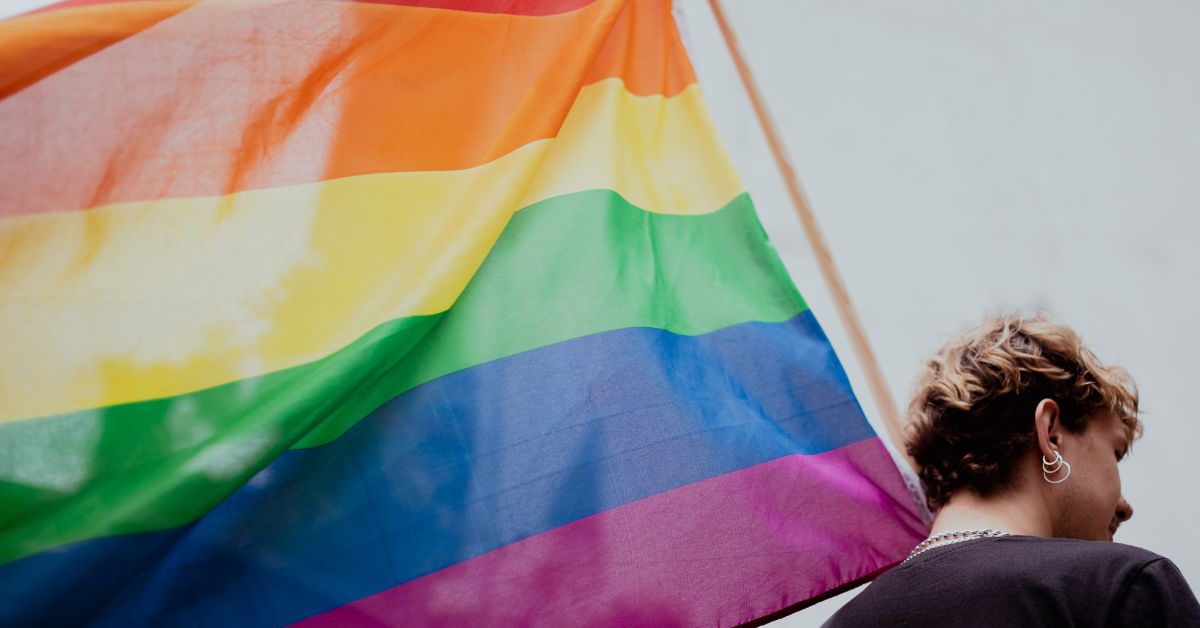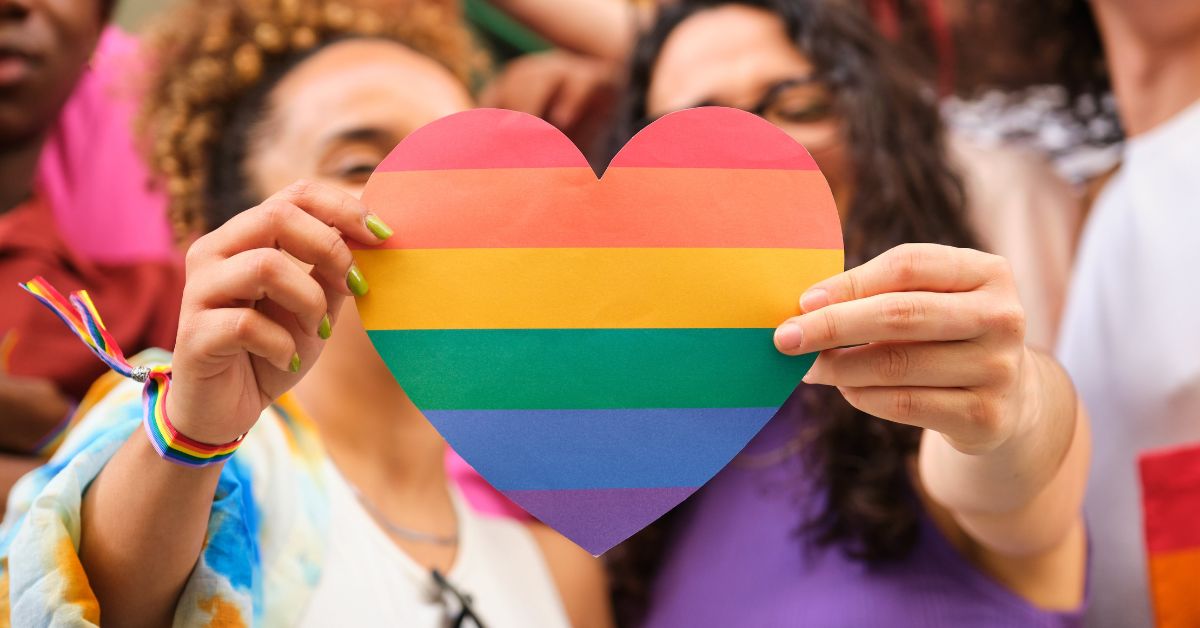How to Talk to Children About LGBTQIA+ Identities: A Compassionate Parenting Guide
Picture this: You’re snuggled up on the couch with your child, enjoying a cosy movie night. On-screen, a joyful wedding scene unfolds, but this time, it’s two women saying “I do.” Your child turns to you, curiosity shining in their eyes, and asks, “Can two girls get married?”
In that moment, your answer becomes more than just a response — it becomes an opportunity. A chance to show love, imbibe understanding, and help your child grow up in a world that celebrates all kinds of families and identities. It can open a door to a world where your child feels seen, safe, and free.
Talking to your child about the LGBTQIA+ community can feel daunting, especially if you didn’t grow up with those conversations yourself. But according to Gajalakshmi, a Chennai-based Rehabilitation Council of India (RCI)-registered Clinical Psychologist and trauma-informed therapist, these talks are not just helpful. They’re essential.
“Silence isn’t neutral,” she says gently. “In a child’s heart, silence can be loud.”
It’s that silence, she explains, that can make a child feel like certain topics are shameful or forbidden. And that’s why it matters so deeply that the conversations start not when a child brings it up, but long before.
Why talking early matters
Children today live in a world bursting with information: from cartoons and schoolyards to YouTube and memes. “The question is, do you want them to learn it from the world, or you, someone who loves them deeply and unconditionally?” asks Gajalakshmi.
These conversations don’t require perfect knowledge or eloquence. They just require presence, curiosity, and kindness.
 Being vocal with your children reassures them that it is a safe space for them to open up. Picture source: Canva.
Being vocal with your children reassures them that it is a safe space for them to open up. Picture source: Canva.
Think of your child’s mind as a garden, she says. Every day, seeds are being planted by school, social media, friends, or even casual comments. “And if we don’t plant seeds of understanding and love, guess what grows instead? Weeds. Weeds like: ‘That’s wrong.’ ‘That’s not natural.’ ‘That’s not allowed.’”
Instead, she encourages parents to utilise everyday moments, like a movie scene or a casual question, to plant something different. Something gentle and affirming. “Some people love someone of the same gender,” you might say. “That’s just as real and beautiful as any other love.”
Every day moments that invite conversation
You don’t need to schedule a formal sit-down. Some of the best conversations happen in passing. Here are a few everyday moments that can naturally lead to discussions about love, identity, and difference:
- While watching a film or TV show that includes diverse characters or relationships
- When your child asks about someone who cross-dresses
- Reading a storybook that features same-gender parents or non-binary characters
- During a festival or wedding, where gender roles and traditions are on display
- While shopping for clothes or toys, if your child expresses interest in something not typically associated with their gender
These are gentle doorways. Use them to share small truths with warmth.
 Conversations about LGBTQIA+ identities don’t require perfect knowledge or eloquence. They just require presence, curiosity, and kindness. (Representational picture source Shutterstock)
Conversations about LGBTQIA+ identities don’t require perfect knowledge or eloquence. They just require presence, curiosity, and kindness. (Representational picture source Shutterstock)
Manabi Bacher, a mother of a teenage daughter, shares that normalising starts from the ability of the parent to create a safe space for the child. “It is crucial to make your child understand that ‘love is love,’ and there is nothing wrong with it,” she shares.
Clarifying the language: What does LGBTQIA+ mean?
If you’re new to these conversations, here’s a quick explanation of some terms:
- LGBTQIA+ stands for Lesbian, Gay, Bisexual, Transgender, Queer or Questioning, Intersex, Asexual, and others.
- Queer is a term many people in the LGBTQ+ community use today to describe identities that don’t fit into traditional categories of gender or sexuality.
- Non-binary is when their gender doesn’t fit into the categories of “man” or “woman.”
You don’t need to memorise everything. The goal is to stay curious, respectful, and open to learning. Here’s a glossary for you to have a look at some common LGBTQIA+ terms to start a conversation with your child.
Why does being silent do no good?
Many parents worry that bringing up these topics might confuse their child or feel unnecessary. In conservative households, it’s common to take a “we’ll cross that bridge when we come to it” approach, waiting until the topic comes up, rather than starting the conversation.
Gajalakshmi understands. “It’s not because you don’t love your child,” she says. “It’s because you do. And when something feels unfamiliar, especially things we were never taught ourselves, it’s only natural to feel unsure or hesitant.”
 It’s better to normalise the conversation rather than anticipating when that might happen. Picture source: Shutterstock.
It’s better to normalise the conversation rather than anticipating when that might happen. Picture source: Shutterstock.
She further adds, “Think of it as a first aid box. You keep it for emergencies! You don’t wait for the injuries to happen and then act on it.” “Silence feels safe to us as adults because we grew up believing silence was ‘the protection’,” she explains. “But for children, it feels like loneliness.”
Children are emotional sponges. They pick up on our discomfort, our tension, and our unsaid beliefs. “So even if we never say, ‘This is wrong,’ our aversion to speaking on such subjects can still teach them that being different is dangerous. That love has conditions.”
Manabi, who has been open with her daughter about sex education and the LGBTQIA+ community, brings out an important point: “In today’s times, information is everywhere. Your silence means that your child might get informed by unreliable sources, instead of coming to you and clarifying their thoughts.”
When and how to start these conversations
The journey begins much earlier than most parents assume.
Ages 2-3: Noticing stage
Children begin observing differences. They might point and ask, “Why is that uncle wearing lipstick?” These are opportunities to respond with, “Some people like different things, and that’s okay.”
 Children today have more information in comparison to their parents. Picture source: Canva.
Children today have more information in comparison to their parents. Picture source: Canva.
Children start identifying themselves. Some might express preferences that challenge gender norms. Responding with warmth teaches them that being different isn’t wrong.
Ages 5-7: Emotional compass emerges
They begin forming internal ideas about identity. Support here helps them remain open and curious.
Ages 8-12: Language and awareness grow
Some children may begin articulating identity: “I like boys and girls.” These aren’t phases to fear but real expressions of self.
Teenage years: Identity deepens
Some may come out. Others may question. This is the time to listen more than lecture. Offer steady, unconditional support.
“You don’t wait to teach kindness until someone is bullied,” Gajalakshmi reminds us. “You start early.”
How to talk at every age
For 5-8-year-olds: Keep it simple.
“Some boys love girls, some boys love boys. It’s all just love.”
Use analogies: “Some people like chocolate ice cream, some like strawberry. It’s about what feels right for them.”
For 9-12-year-olds: Begin deeper conversations.
“Being gay means someone feels love for people of the same gender. It’s just one way people experience love.”
 Explaining terms in a simplistic manner helps the child understand better. Picture source: Canva.
Explaining terms in a simplistic manner helps the child understand better. Picture source: Canva.
Talk about respect and normalise diversity.
For teens: Listen and affirm.
“There’s no rush. No one right way to be. You are loved, exactly as you are.”
Gajalakshmi also offers a beautiful analogy: “Everyone has a secret playlist — songs that feel right. Our hearts have playlists, too. Some play songs about boys, some about girls, some both. And some? Still buffering.”
Working through your own discomfort
If these topics feel hard, you’re not alone. Many of us grew up in households where being queer was never discussed — or only spoken about in fear or judgement. That’s a heavy legacy to unlearn.
Manabi admits that she was introduced to the concept of being queer only after she started working. “But now, things have changed, and parents need to accept, normalise and keep an open mind for their child!” she adds.
 Gradual change can help parents and children understand better. Picture source: Shutterstock.
Gradual change can help parents and children understand better. Picture source: Shutterstock.
But you don’t have to fix everything overnight. “You just have to hold onto one truth that you love your child.”
“Let your child know, ‘I may not understand this yet, but I’m here with you. I’m listening. I love you.’ That message can lift a huge burden,” explains Gajalakshmi.
Children don’t need perfect words. They need presence.
If your child comes out
What if your child comes to you one day and says, “I think I like girls,” or “I don’t feel like a boy”?
Pause. Breathe. And say something like: “Thank you for telling me. I love you. I’m proud of you.”
Avoid dismissive responses like, ‘Are you sure?’ or ‘It’s just a phase.’ These can cause deep hurt. Instead, offer space: ‘Would you like to talk more about it, or just sit together for now?’
What truly makes a child feel safe
It’s not just the words. It’s your tone, your eyes, your body language. A calm voice. A soft smile. A steady presence.
“If you believe deep down that your child’s identity is valid, they will feel it. Not just hear it. Feel it.”
When children grow up in homes where they feel safe, seen, and celebrated, not just tolerated, they build trust and a deep sense of belonging.
Where to learn more?
Here are a few trusted resources for parents who want to continue learning:
- PFLAG (Parents, Families and Friends of Lesbians and Gays) – Offers resources for families and allies.
- Gender Spectrum – Support for parents navigating gender identity and expression.
- ‘Julian Is a Mermaid’ by Jessica Love – A beautiful picture book celebrating identity and self-expression.
- ‘Parenting in the Present’ by Gopika Kapoor – A thoughtful guide tailored to Indian families.
- Queerala and Nazariya – Indian organisations offering LGBTQIA+ support and advocacy.
Your effort to understand and support your child can begin with just one click, one page, one conversation. And it can welcome a change that celebrates love and respects it in all its forms.
Edited by Saumya Singh.
News